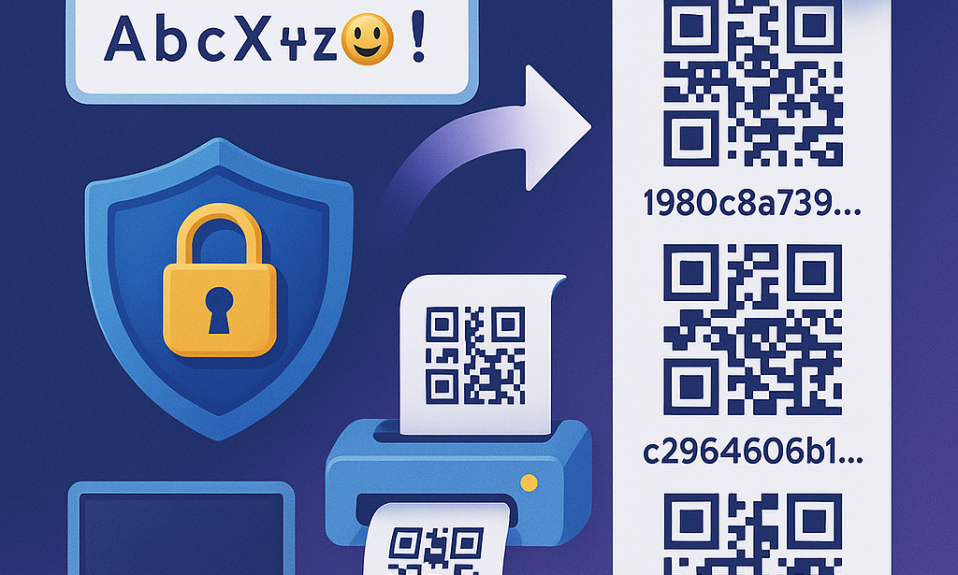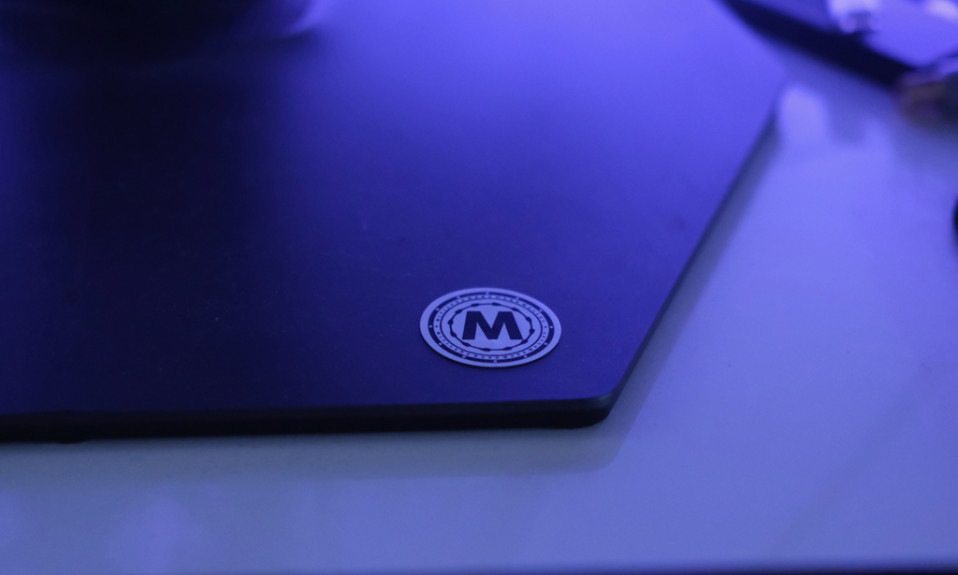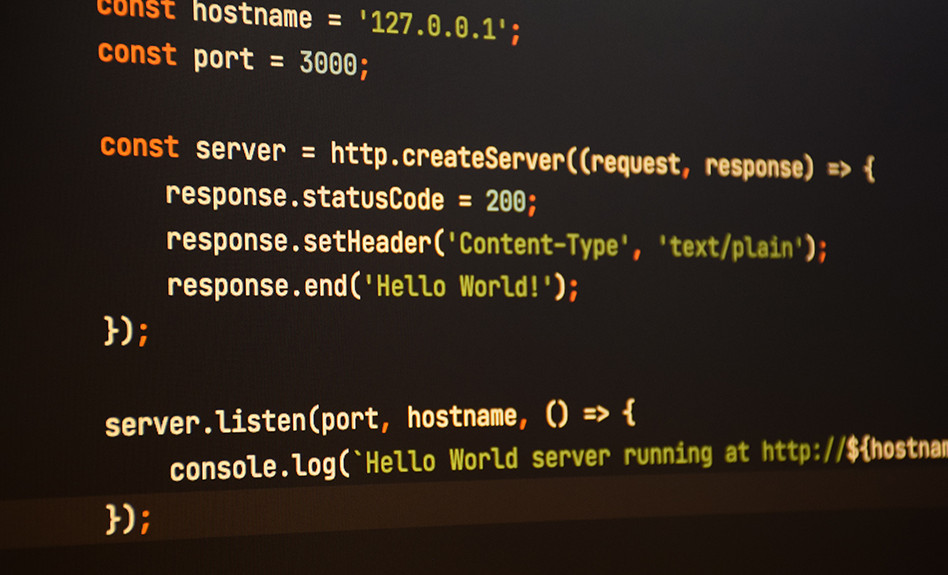In a relatively new bitcoin protocol called Taproot, designed to take advantage of new addresses and supposedly more compact transactions, we discovered the following:
It turns out that the fee cannot be calculated without a transaction signature, or more precisely, without every signed unspent input required for that transaction.
Therefore, in most cases, it turns out that the commission will always be “approximate”, i.e. no matter how much you want to send the entire amount from your wallet and leave 0 bitcoins there -> you won’t succeed! This is also due to the peculiarities of the implementation of popular libraries for working with cryptocurrency. It is extremely difficult to leave exactly 0 bitcoins (or 0 satoshis) in the wallet. That is, completely emptying the wallet before forgetting about it will not work.
Given the architecture of bitcoin, where we are all offered to use a new address each time, it turns out that a million wallets will be created, each with a minimum number of bitcoins, and then those million wallets will be forgotten, and another million wallets will be created, repeating the situation. Eventually we will have 100 million wallets, each of which will have some change that can’t be spent. This is where deflation is created for nothing.
Imagine that your bank forces you to use a new digital Visa/Mastercard every day, but the balance is not fully transferred to it. And there is some money left on the old card, say 0.1-0.5 cents. Now imagine that the bank has one million customers, so in one month 30*0.5*1000000 = 15 million cents will remain dead weight, causing a purely technical increase in the price of money.









